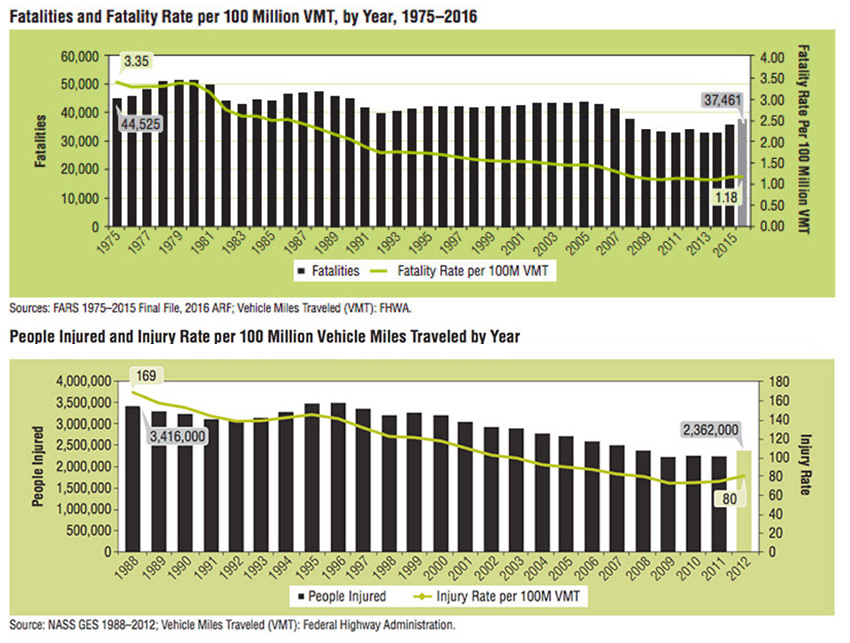Next-Generation Transportation
Until the invention of steam power, the only options for moving people or goods over distance were either horses or sailboats. Today, we have cars, trains, and planes that can carry us thousands of miles across the planet, some in a matter of hours – advances that are fewer than 100 years old. Future improvements in technology will make the world even more accessible, saying nothing of what lies beyond our terrestrial home.
One of the first of such improvements is already here: the production of vehicles and mass-transit systems that run on sustainable fuels, which Scarcity Zero helps extend through electricity, hydrogen and graphene. But in a world with nigh unlimited energy, sustainable resources, advanced manufacturing methods, and synthetic materials that are both lightweight and ultra-strong, the possibilities multiply to the limit of imagination. Some notable standouts include:
Ultra-efficient, self-driving vehicles. The past decade has made substantial headway with autonomous vehicles that are able to drive themselves without any human interaction. They work via arrays of sensors and short-range laser-enabled radar (LIDAR) that instantly relays data – like road direction, location of other vehicles, obstructions, and weather conditions – to the vehicle’s computer, which handles the actual driving and steering.
As this data is processed instantaneously, the vehicle reacts instantaneously as well – much faster than human reaction times. Autonomous vehicles are then exceptionally safe, especially since they are programmed to follow speed limits and obey the rules of the road.
One of the most extensive autonomous vehicle programs in the nation is run by Google (“Waymo”), although Tesla, Audi, Uber and several other car manufacturers have made significant investments in driverless technology.[31] Google’s program has completed over 700,000 autonomous-driving miles with 12 separate vehicles, with only one safety incident that was caused by human error.[32] Uber’s model has been slightly less successful, with one fatality deemed unavoidable due to a lone pedestrian jaywalking.[33] To compare this safety record with human drivers in the United States: 268 million vehicles annually drive 3.17 trillion miles per year[34] and are involved in roughly 10 million accidents, averaging to one accident per every 26.8 vehicles or every 317,000 miles driven.[35]

In comparison, the safety record of autonomous vehicles is a dramatic improvement. The implications of this achievement are especially important because the 10+ million auto accidents occurring annually claim the lives of roughly 33,000 people and injure some two million others.

While safety is the most important factor when considering the benefits of self-driving cars, it’s not the exclusive selling point:
- As all speed limits and road rules are obeyed, self-driving cars are highly efficient, as they can maintain a uniform speed without having to constantly accelerate or decelerate in reaction to other vehicles (assuming all others on the road are also autonomous). This makes self-driving vehicles more energy efficient and reduces traffic congestion.
- Of the 33,000 road fatalities every year, nearly a third of them come from drunk drivers; presumably the same is true of the 2.6 million injuries that occur annually as well. Self-driving cars make this problem go away effectively overnight.
This is merely the state of current technology. If Scarcity Zero’s advancements are applied, our capabilities increase accordingly. For example, instead of just having self-driving vehicles track road surfaces through internal sensors, they can also use the built-in Wi-Fi of renewable-integrated road surfaces to navigate, providing system redundancy and security. As such vehicles would increasingly be electric, they could also be charged on roads through wireless emitters embedded within municipal infrastructure. In the increasingly unlikely event of an accident, emergency crews could be instantly notified with automated reports of the extent of the damage and the number of passengers injured.